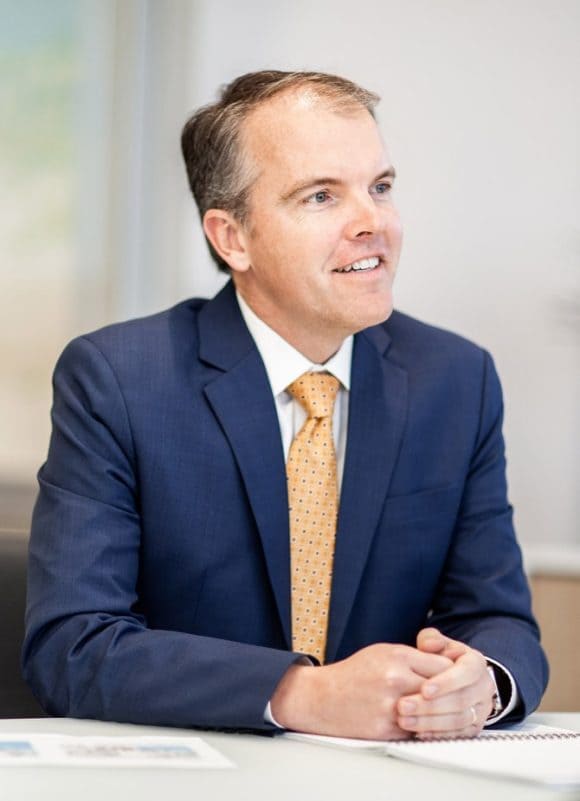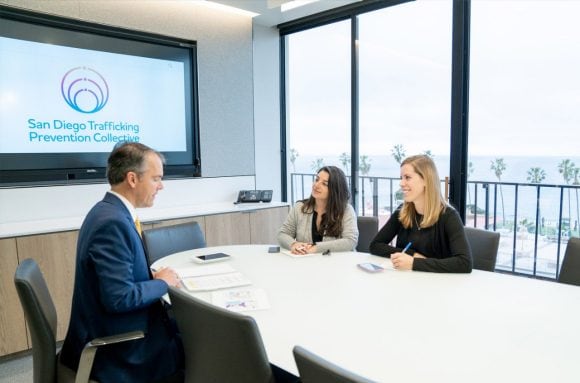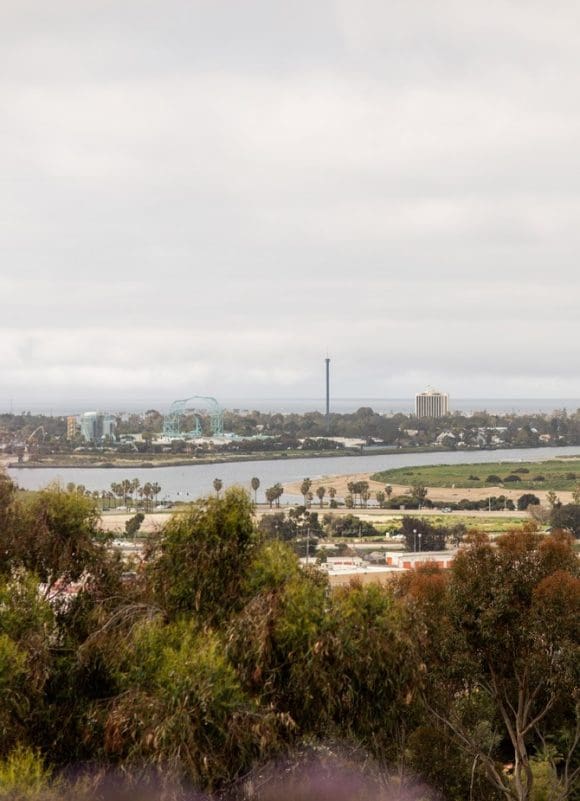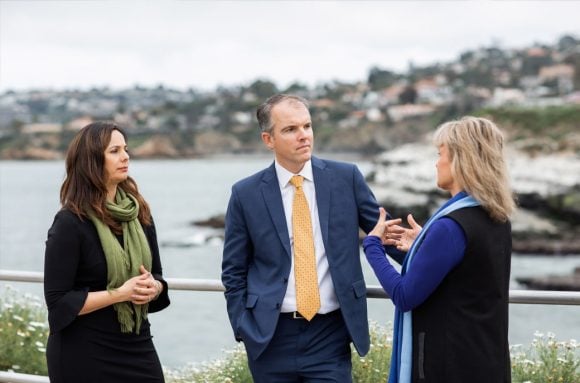Some stories are difficult to hear. But just because a story causes discomfort doesn't mean it shouldn't be addressed. This is why we teamed up with law enforcement, local school districts, nonprofits and philanthropic investors to start a conversation about the reality and danger of human trafficking and find a way to act.

Zoe was a college freshman when she was approached by a well-dressed woman asking if she had ever considered modeling. It seemed legitimate – with professionals and what appeared to be a studio. She posed for some pictures in tennis apparel and afterwards the individuals asked her to fill out paperwork with her social security number, parents' names, home address and social media accounts – noting they wanted to be able to celebrate her if she was selected. They paid her for the pictures and told her what a great model she was. Zoe felt valued. She asked if she could come back. However, the next photo shoot was far different. When she returned from changing clothes for the pictures, the well-dressed woman had been replaced by a large man who forced her to perform sexual acts. From that point forward, they had photos and videos as a means to blackmail her, threatening even to share the images on social media with everyone in her life. Feeling embarrassed and isolated, and fearing for her life, she continued to do as instructed. Over the course of months, this escalated to her being forced to meet with men in motels. Despite her attempts to maintain some degree of normalcy in her daily life, she was falling into a violent underworld.
Zoe was older than most victims of sex trafficking (the average age is 161), but her story exemplifies how trafficking can start and escalate, particularly in the era of social media, in unimaginable ways. The earlier children and their caretakers are made aware of the dangers, the better we can shape an instinctive response to risks. Most organizations working to stop trafficking focus on addressing immediate concerns like prosecution, rescue and rehabilitation. And with so many victims of human trafficking (40 million worldwide, 10 million of whom are children2), this work is of vital importance. But if we can educate people about what trafficking looks like and how it develops, maybe we can help more by preventing it from happening in the first place.
I had no idea of the scope of what was going on in our backyards or how social media had changed the way predators were targeting victims.


San Diego is one of the top 13 high-intensity child prostitution counties in the United States.3 But when, in 2016, a client approached Chris Marsh, UBS market head, explaining the issue, he was shocked. "I had no idea of the scope of what was going on in our backyards or how social media had changed the way predators were targeting victims and using various forms of leverage to draw them in," explained Chris. "This is truly a modern-day form of slavery."
The client was determined to do something to help prevent trafficking. And she wasn’t the only one.
Chris and a team started meeting others: experts at the UBS Optimus Foundation (UBS-OF), philanthropists, local nonprofit organizations, government and school officials – a broad group wanted to do more to help. "It was amazing," said Chris, "the range of people coming out of the woodwork, eager to invest in any way we could to make an impact."
"UBS-OF worked with subject matter experts and university researchers to teach the community about the issue and understand the data well enough to inform a local approach. The San Diego County District Attorney's Office helped us understand the supply-and-demand aspects of this underground economy, and design a prevention program. Nonprofits came together to share expertise and figure out how they could accomplish more by working in unison. Private philanthropists offered resources, not just financial support, and helped develop a strategic plan to span all 753 public schools in the county, educating students to better protect themselves and their peers," explained Chris. "So many people made this possible."


Fast forward to December 2018 when, after numerous meetings with the District Attorney's Office, local school districts, nonprofits and philanthropic supporters, a public-private partnership called the San Diego Trafficking Prevention Collective was officially launched with the UBS-OF, UBS clients and leaders across the community. The collective is comprised of three educational programs – PROTECT, kNOw MORE and Project ROOTS – delivered by nonprofit organizations including 3Strands Global Foundation, Point Loma Nazarene University, and Project Concern International (PCI). Each focuses on educating children, their families and teachers about the risks of human trafficking. Through after-school mentoring, in-class school trainings and a rather unique approach of interactive drama workshops, the collective aims to reach 345,000 San Diego students.


With the investment of two dozen philanthropists, the UBS-OF, UBS colleagues and organizations like BlackRock, USD 3 million was raised to fund the collective's business plan, which will play out over the next three years. The UBS-OF is co-investing 20 percent of each client's contribution as well as managing the engagement with detailed measurement and evaluation of impact metrics.
Many people hadn't considered that a wealth management firm could be a key instrument for addressing the issue of human trafficking. Most also hadn't considered that the collective could become bigger than San Diego. But today, the San Diego Trafficking Prevention Collective offers a model for other communities, showing how financial institutions, private investors, school districts, governmental officials and local organizations can come together to make a lasting, positive difference in addressing human trafficking.
Debunking the myths
Debunking the myths

Human trafficking isn't a significant problem in the United States.
The National Human Trafficking Hotline receives an average of 150 cases per day and an estimated 100,000 – 300,000 children are vulnerable to being trafficked in the United States.4 The FBI ranks San Diego as one of the nation's top 13 high-intensity child prostitution counties.5 In San Diego, sex trafficking produces an estimated USD 810 million annually.6
Trafficking only happens in low-income areas.
In a study of 20 San Diego County High Schools, spread across counties and income areas, staff from every school confirmed that trafficking recruitment of their students is taking place.7 Traffickers use social media, public internet platforms and family members or friends to access their victims.
Most children are trafficked outside of the US and then brought across the border.
In San Diego, 80 percent of sex trafficking victims were born in the US8 and the average age of entry into sex trafficking is 16 years old.9 Children in the foster system, LGBTQ youth, runaways and children with histories of domestic or vulnerable abuse are at greater risk.
UBS Optimus Foundation in 2018
UBS Optimus Foundation in 2018





